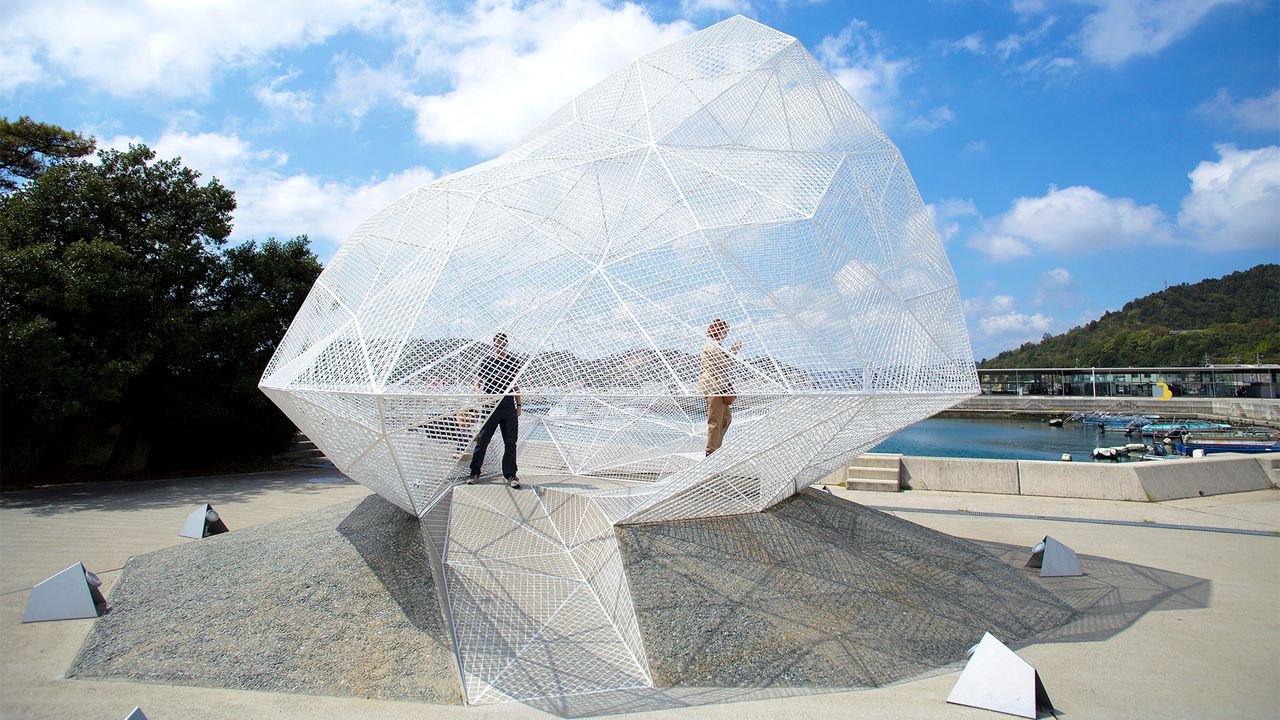From Industrial Decline to Naoshima’s Art Revival and Cultural Renaissance
Nestled in Japan’s Seto Inland Sea lies Naoshima, a shining example of art revival on a Japanese island. Once synonymous with pollution and economic decline, this island has transformed dramatically.Naoshima was once a neglected copper smelting hub. Today, it is a world-famous destination for contemporary art lovers. It draws hundreds of thousands of visitors each year and inspires hope for the island’s revival.
Growing Up on Naoshima: Life Before the Art Revival and Island Transformation
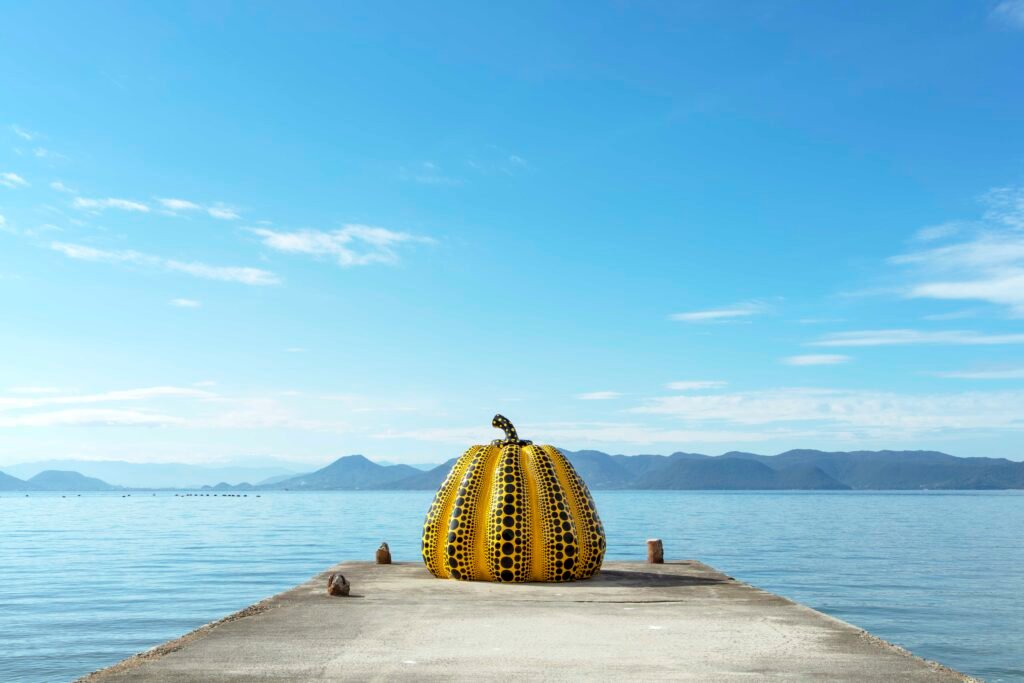
Shinichi Kobayashi, now the island’s mayor, recalls a simpler time growing up on Naoshima in the mid-20th century. He fondly remembers clam digging, swimming in clear waters, and a peaceful life untouched by tourists or modern distractions. “There were no foreign visitors back then,” Kobayashi says. “It was a peaceful island, close-knit and deeply connected to the sea.”
Pollution, Population Decline, and Challenges Before Naoshima’s Art Revival on the Japanese Island
By the late 20th century, Naoshima’s idyllic charm had been overshadowed by environmental degradation. The island’s copper smelting operations, led by Mitsubishi Materials, had left large swaths of land barren and contaminated. The once-thriving community began to dwindle as younger generations left in search of opportunities elsewhere, fearful of the island’s future.
The art revival on this Japanese island soon began reversing the decline. Naoshima became a symbol of cultural and environmental renewal.
The Visionary Art Revival: Benesse Art Site Naoshima
The turning point came in 1989, when billionaire Sōichirō Fukutake embarked on a bold plan to restore Naoshima through art. Building on his father’s efforts to revive the island with a children’s campground, Fukutake bought much of the cleaner southern region of Naoshima.His mission was clear: to create a harmonious space where art, nature, and local culture could coexist.
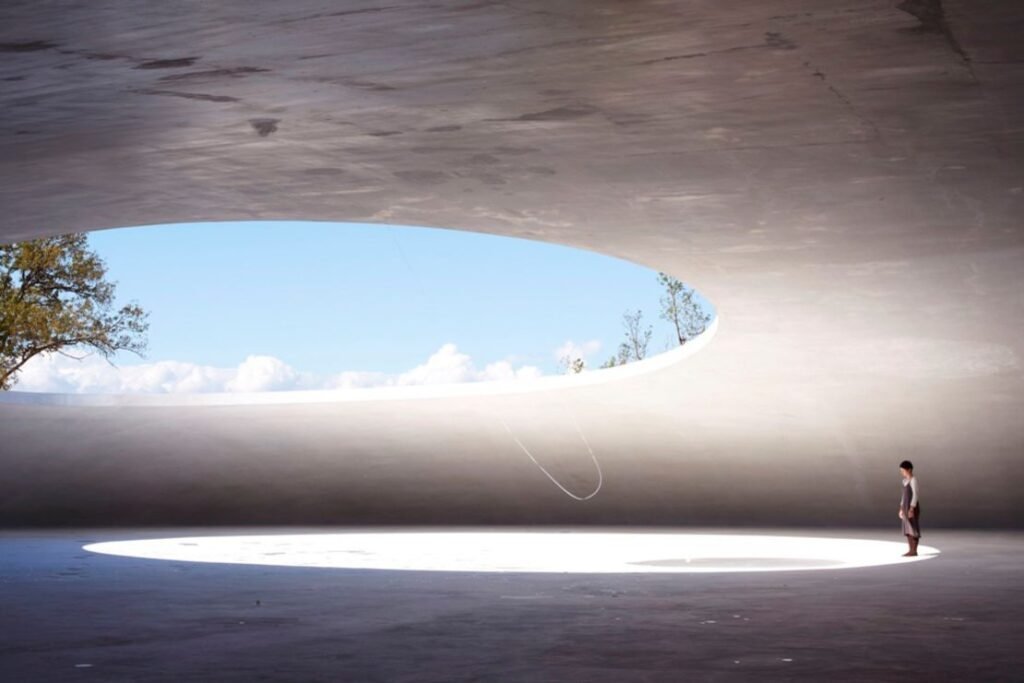
To bring this vision to life, he partnered with Tadao Andō, a renowned Japanese architect famous for creating buildings that blend seamlessly with nature. Their collaboration resulted in the Naoshima International Camp, which opened in 1989 and sparked the island’s cultural revival..
Naoshima’s Architectural Masterpieces: Fusing Art and Environment in the Island’s Revival
One of the island’s crown jewels in the ongoing art revival on this Japanese island is the Benesse House Museum, which debuted in 1992. Designed by Andō, this innovative space serves both as a hotel and a contemporary art museum, featuring works by internationally acclaimed artists such as Bruce Nauman, Frank Stella, and Hiroshi Sugimoto. The architecture itself acts as a canvas, blending concrete and glass with Naoshima’s coastal landscape.
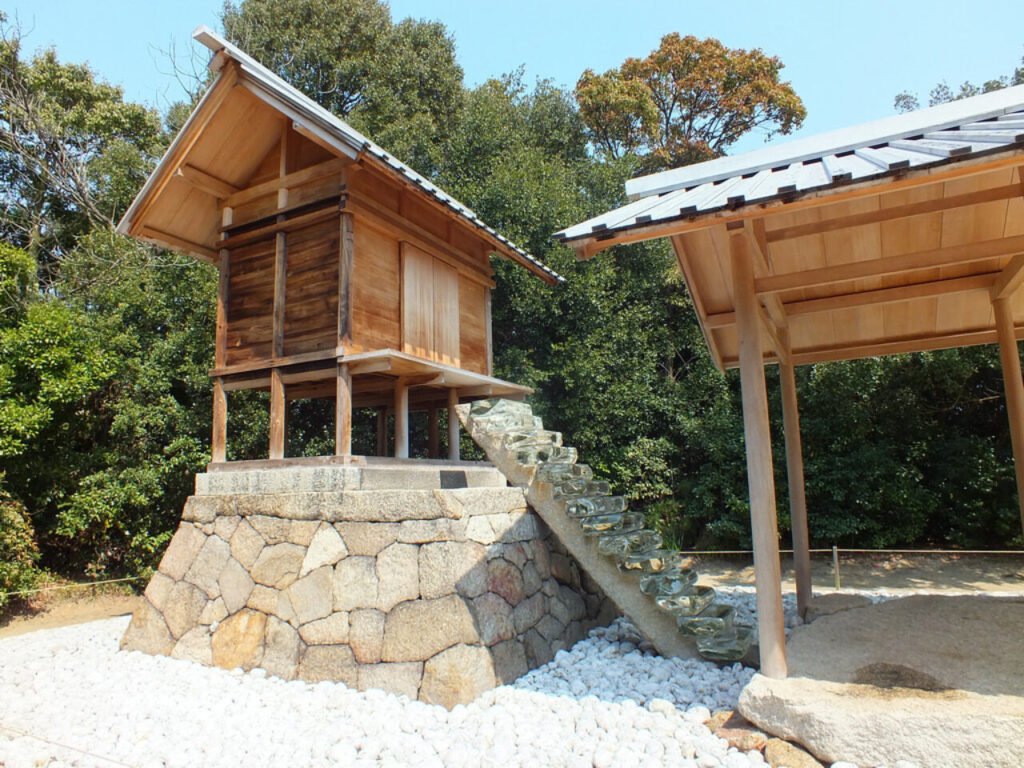
Further anchoring Naoshima’s reputation in the global art scene and fueling the art revival on this Japanese island is the Chichu Art Museum, built mostly underground to minimize environmental impact. Opened in 2004, it houses works by Claude Monet, James Turrell, and Walter De Maria, presenting art in a setting that encourages quiet contemplation and harmony with nature.
Naoshima’s Iconic Artworks: Yayoi Kusama’s Pumpkin and the Art Revival on the Japanese Island
No discussion of Naoshima is complete without mentioning Yayoi Kusama’s giant yellow-and-black polka-dotted pumpkin sculpture. Installed in 1994, it has become the island’s unofficial mascot and a symbol of its artistic revival. Kusama’s whimsical style contrasts with the island’s industrial past, representing hope, renewal, and the transformative power of creativity.
Other notable installations include the Art House Project in Honmura, where abandoned houses have been repurposed as unique art spaces by various artists, fostering a connection between the island’s heritage and contemporary artistic expression.
How Art Revival Shapes Community and Culture on Naoshima Island
While the influx of visitors and artists has invigorated the economy, it has also brought changes to island life. Mayor Kobayashi acknowledges the benefits: “Guesthouses and restaurants have flourished, making everyday life livelier for residents.” Yet, he also notes subtle shifts in social dynamics, such as increased caution among locals and a newfound awareness of security.
The local community’s initial skepticism about the value of contemporary art has largely given way to pride. Many residents now see Naoshima’s transformation as a cultural and economic lifeline, helping to preserve their home for future generations.
Challenges Ahead for Naoshima: Depopulation and Sustainable Art Revival
Despite these successes, Naoshima faces ongoing challenges. The population remains roughly half of what it was in the 1980s, and the island continues to struggle with depopulation. However, recent trends offer hope: young urban couples and new residents attracted by Naoshima’s artistic atmosphere have begun to settle here, creating a more diverse and vibrant community.
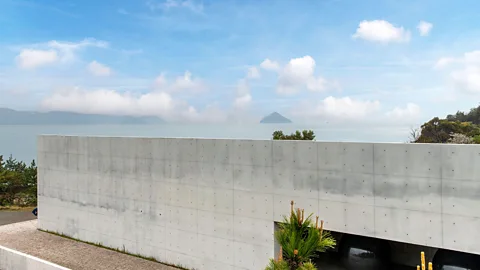
The island’s housing shortage, driven by increased demand, presents another obstacle. Sustainable development and infrastructure improvements will be essential to balancing tourism, resident needs, and environmental conservation.
Art Revival’s Broader Impact: Inspiring Japan’s Regional Renewal
Naoshima’s success has served as a blueprint for similar projects across Japan. The Setouchi Triennale, launched in 2010, has grown into a major international art festival showcasing works on multiple islands in the Inland Sea region. Nearby islands such as Teshima, Inujima, and Momoshima have embraced art-led regeneration, featuring new museums and installations that celebrate both local history and contemporary creativity.
Looking Forward: The Art Revival on Naoshima and Future Cultural Prospects
Continuing its artistic journey, Naoshima is set to open the Naoshima New Museum of Art in May 2025, a cutting-edge facility highlighting contemporary art from Japan and Asia. Featuring artists like Takashi Murakami and Cai Guo-Qiang, the museum’s design echoes Andō’s philosophy of blending architecture with nature, with much of the structure built underground.
This new chapter promises to attract a fresh wave of visitors while offering new cultural experiences for the community.
Art as a Driving Force in Naoshima’s Revival
Naoshima’s story is a powerful testament to the potential of art as a tool for social, economic, and environmental renewal. From a polluted, declining island to a vibrant cultural destination, its transformation offers valuable lessons in resilience, vision, and the unifying power of creativity.
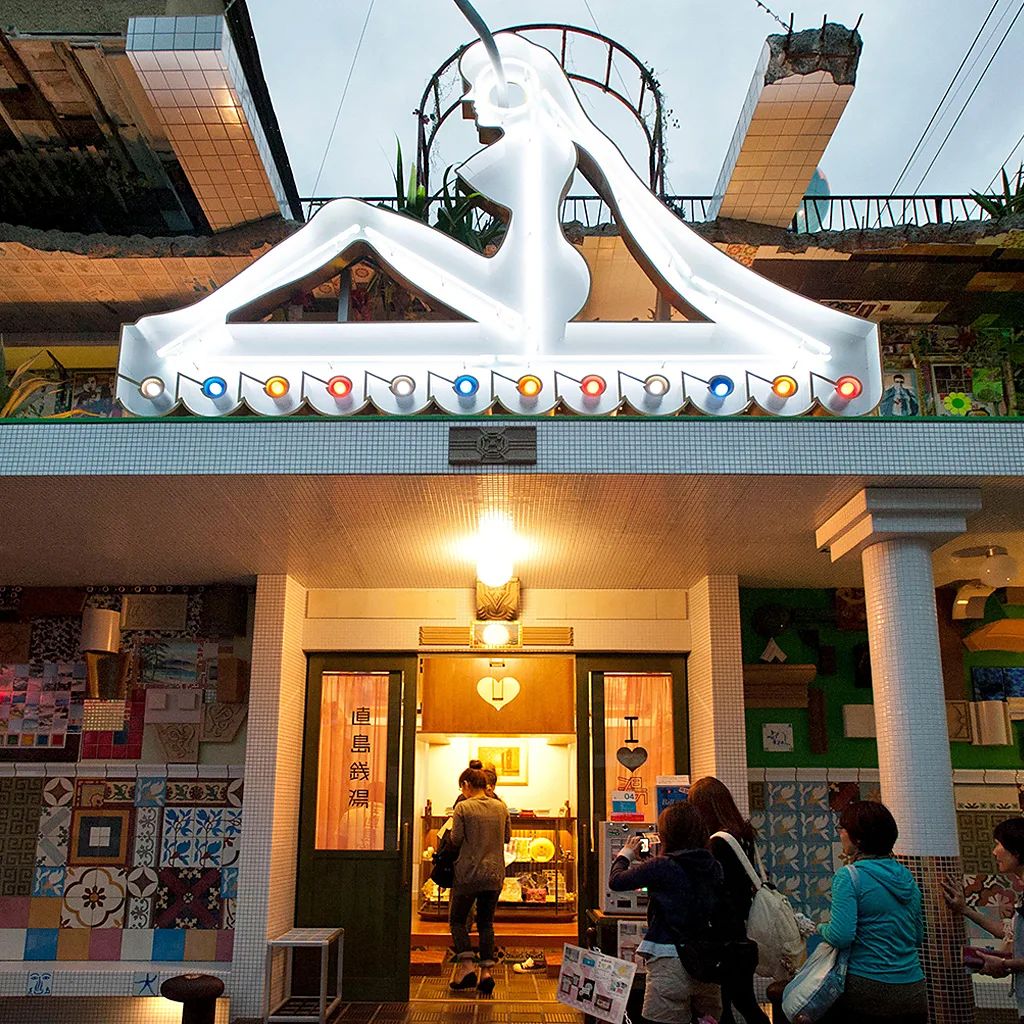
As the island continues to evolve, it holds the promise not only of preserving its unique heritage but also of inspiring other communities worldwide to embrace art as a pathway to regeneration.
